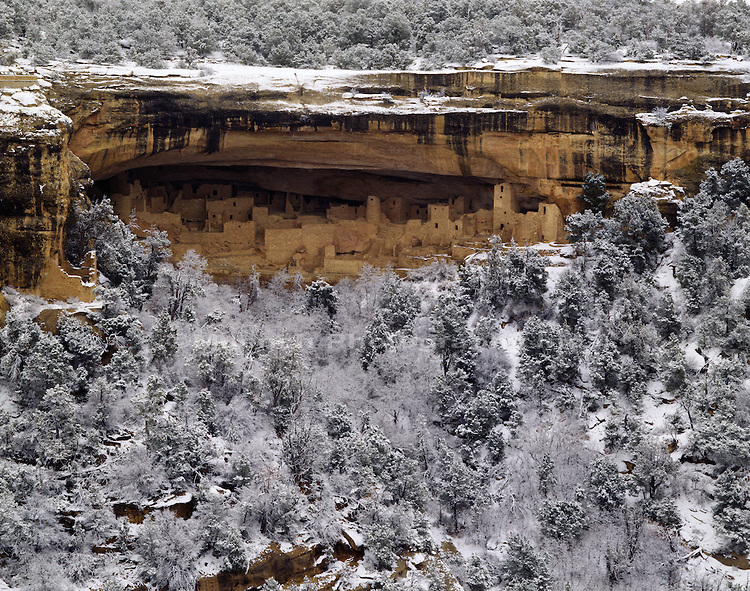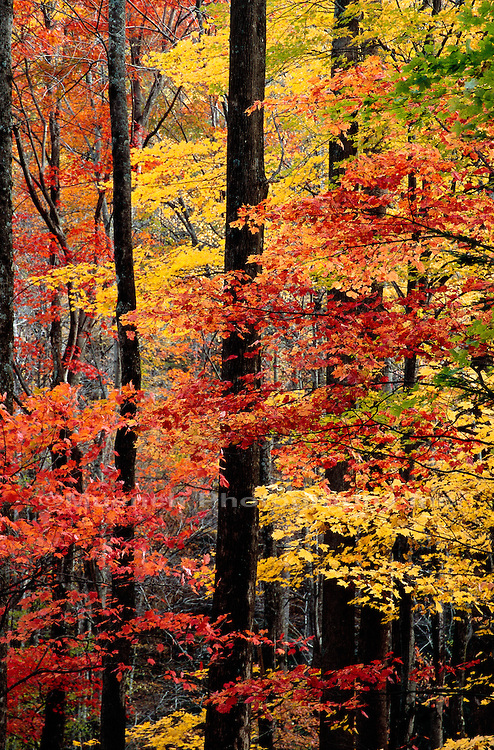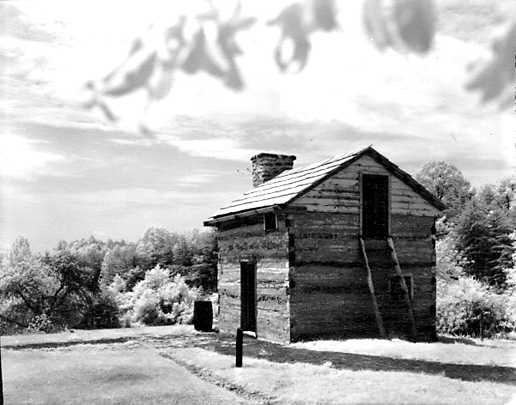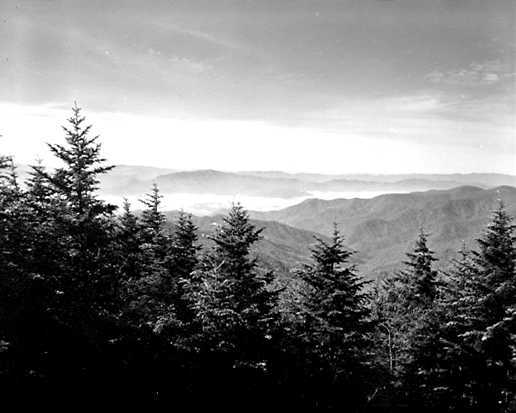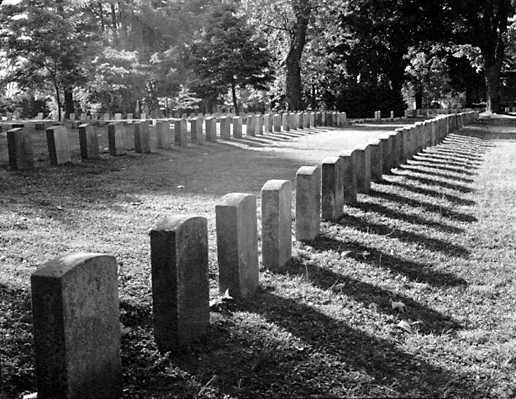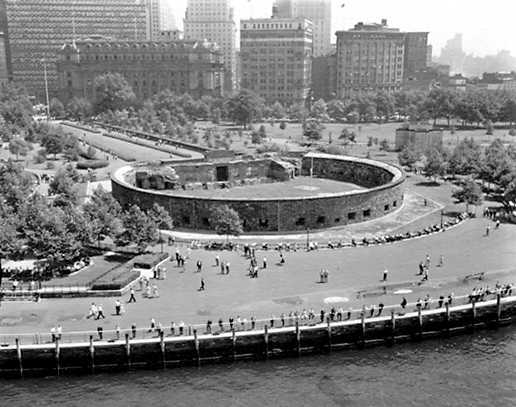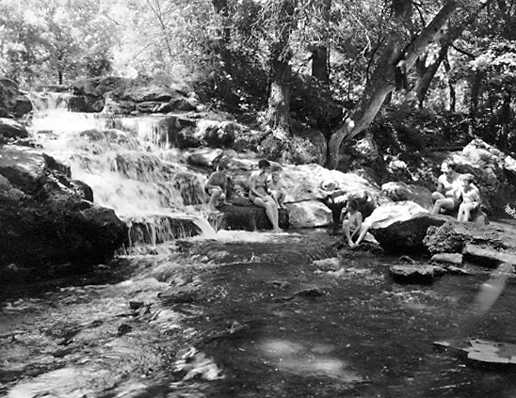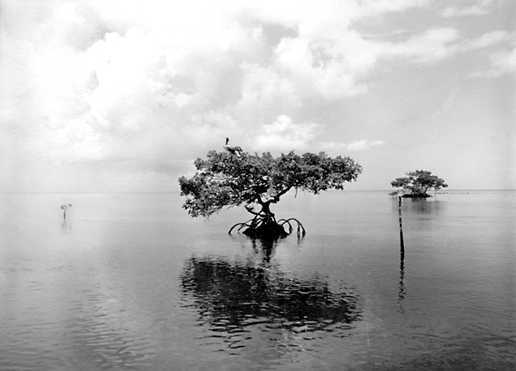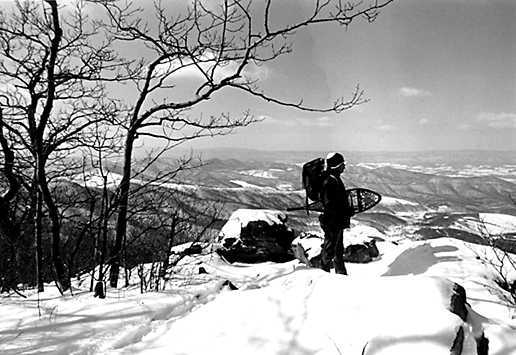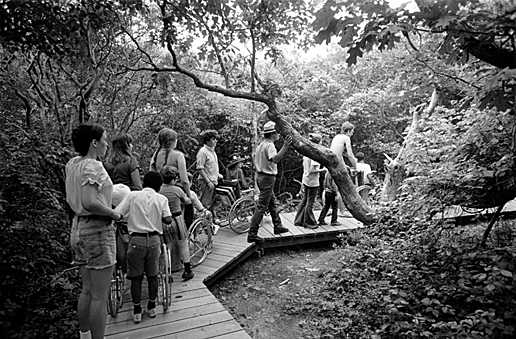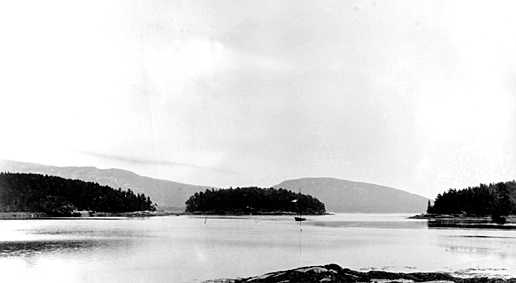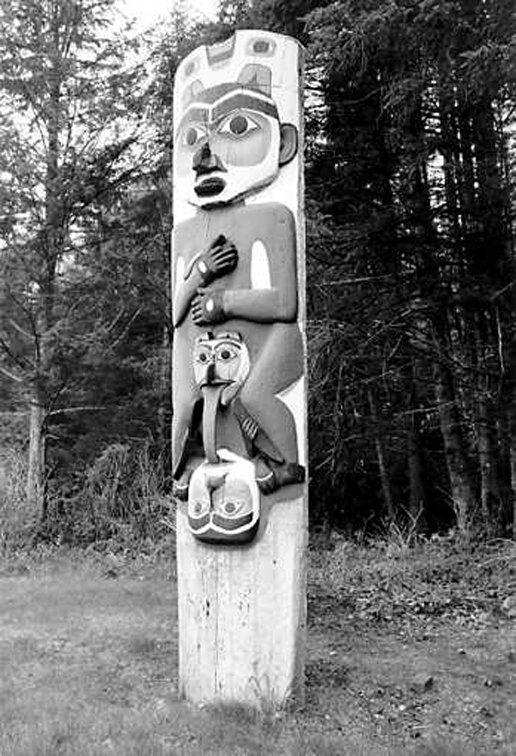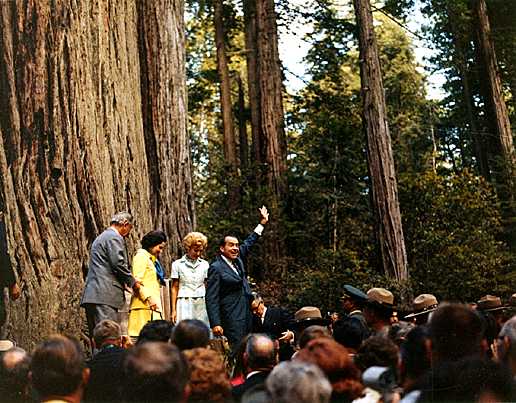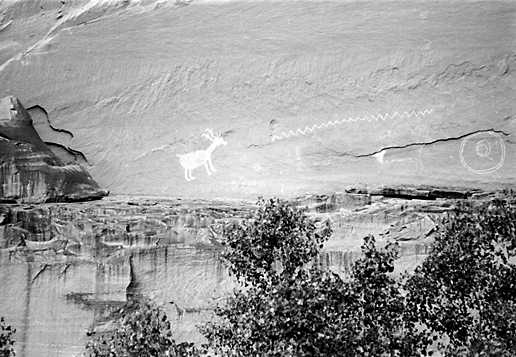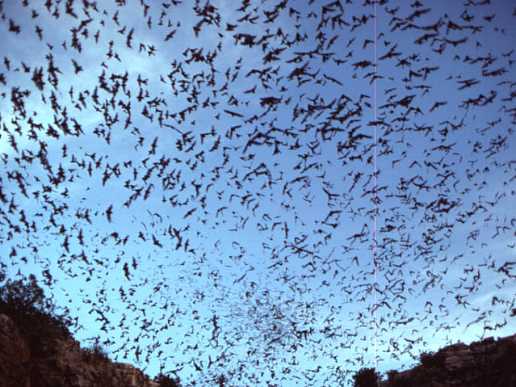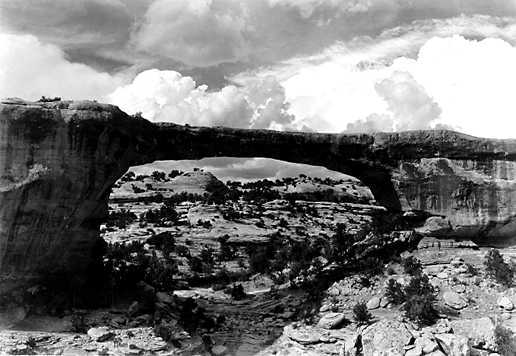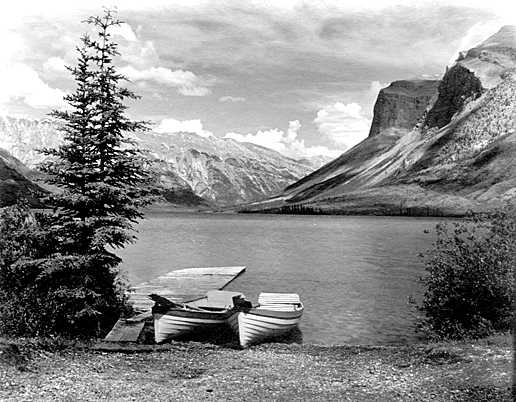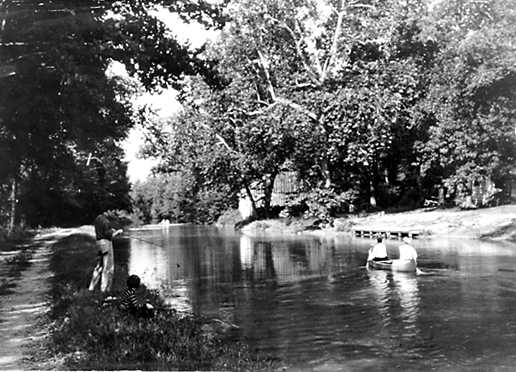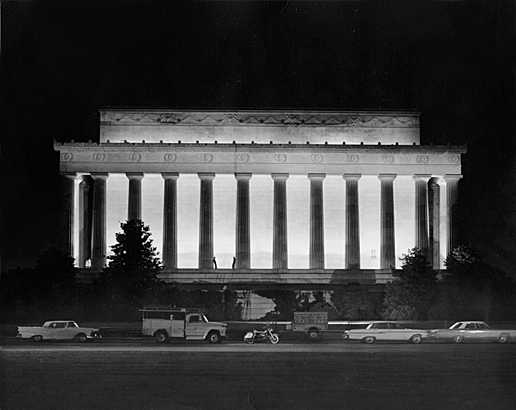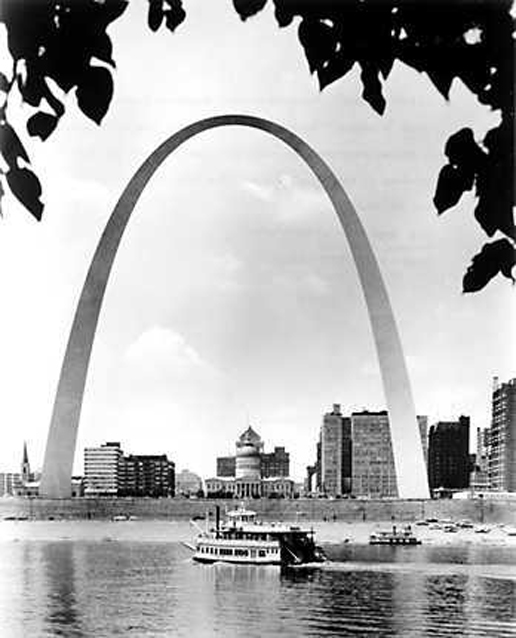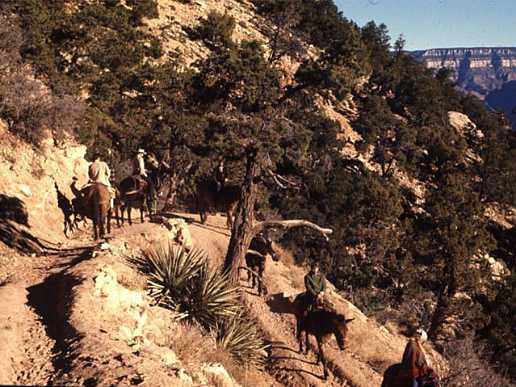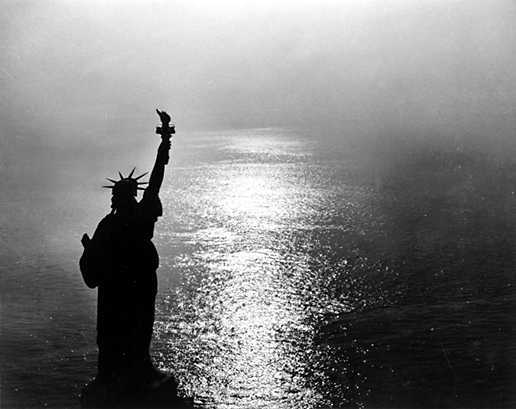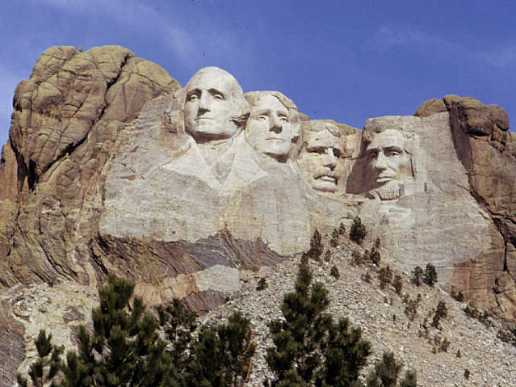
CELEBRATING THE NATIONAL PARK SERVICE CENTENNIAL • 1916-2016
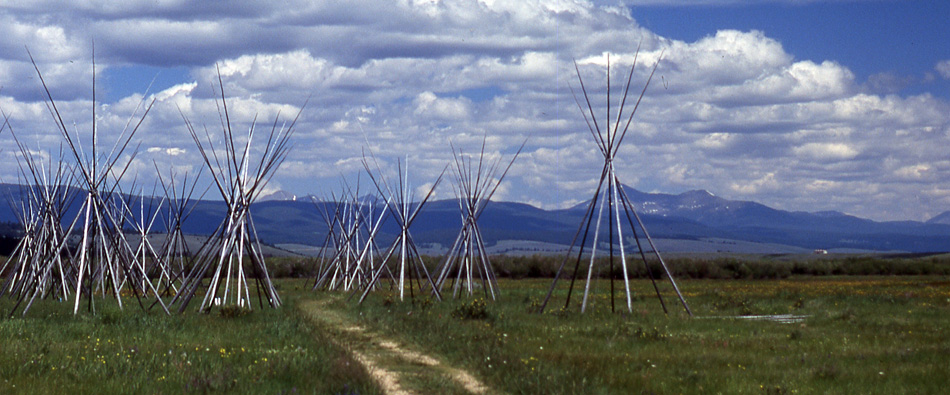
Big Hole National Battlefield
Historical Photos and Art
Our national parks have been an inspiration for artists and photographers since the late 19th century when famed Hudson River School painters captured the majestic views of our nation's western parks. Photographs and artwork brought the wonders of our national parks to politicians and the public, helping to propel park establishment and visitation so as to experience these wonders first-hand. Today, the sights and sounds in national parks continue to inspire artists in more than 50 residency programs across the country. Whether staying in a remote wilderness cabin at Denali National Park and Preserve in Alaska or contemplating history at Herbert Hoover National Historic Site in Iowa or working in a contemporary studio overlooking the stone-lined fields at Weir Farm National Historic Site in Connecticut, the Artist-in-Residence program provides artists with unique opportunities to create works of art in varied natural and cultural settings. The images that follow merely highlight a small selection of individuals who have found inspiration visiting our parklands and have captured for all time a historical glimpse of our national parks and historic sites. An extensive collection of photographs can be viewed by searching the Harpers Ferry Center Historic Photos Collection, along with a sampling of works by Aritsts-in-Residence. Thomas Moran
In 1871 the Hayden expedition set out to survey the sources of the Missouri and Yellowstone Rivers, the area that was soon to become the nation's first national park. Thomas Moran joined as artist of the team and depicted many of Yellowstone's geologic features and landscapes. These depictions later proved essential in convincing the United States Congress to establish Yellowstone as a national park. Like many American artists of his time, Moran studied abroad in Europe, focusing on the works of European masters, particularly landscape artist J.W. Turner in the National Gallery in London. Moran soon established himself as a well-respected painter, engraver, and illustrator. He produced images for several publications, including Scribner's Magazine and it was through his association with Scribner's that he first learned of the Hayden Expedition. He agreed to join the expedition at his own expense, and with the support of Jay Cooke and Company, owners of the Northern Pacific Railroad, Moran was welcomed as a member of the survey team. The Northern Pacific Railroad had a vested interest in Moran, as they were looking to popularize the area in the interest of expanding their railroad westward. During the forty days he spent in the area, Moran documented over 30 different sites. His sketches along with William Henry Jackson's photographs captured the nation's attention and forever linked the artist with the area. In fact, his name became so synonymous with Yellowstone that he was often referred to as Thomas "Yellowstone" Moran. (National Park Service)
For more information:
William Henry Jackson
In the spring of 1866, Jackson, despondent after a broken engagement, decided to follow Horace Greeley's advice to go west. In Nebraska City, Nebraska Territory, he was hired to work as a bullwhacker for a freighting outfit bound for the gold and silver mines of Montana. Along the old Oregon Trail, Jackson sketched the landmarks and lifestyles that have become a large part of the American experience. After his return from the west in 1868, Jackson opened a photographic studio in Omaha, Nebraska. During the summer of 1869, Jackson began photographing the construction of the new Union Pacific Railroad. His work came to the attention of Ferdinand Hayden who was organizing a geologic survey to explore the mysterious lands known as Yellowstone, and he was asked to accompany the expedition. As a result, William Henry Jackson became the first photographer to successfully capture the wonders of Yellowstone on film. Jackson's photographs were an important factor in convincing Congress to establish Yellowstone as our first national park in 1872. For the next several years Jackson accompanied other geologic surveys of the west and southwest. In 1879 he decided to open a new studio in Denver, Colorado, where he spent a great deal of time photographing the railroads and the marvels of engineering that made it possible for the trains to make their way through the Rocky Mountains. He also became famous for photographing the Mount of the Holy Cross - a place most people had thought existed only in legend. At a time when most men consider a well-deserved retirement, Jackson developed new interests. In 1894 he set out on a world tour that visited Europe, Africa, India, Japan, and Russia. He wrote his autobiography, and once again took up the paintbrush in an effort to depict the history of the west that he had experienced firsthand. William Henry Jackson celebrated his 99th birthday in 1942, and died two months later on June 30, 1942. The long life of William Henry Jackson allowed him to witness many changes in American life, and he used his artistic skills to document those changes for succeeding generations. A wing of the visitor center at Scotts Bluff National Monument is dedicated to the life and work of William Henry Jackson, and more than 60 of his original paintings are a part of the park's collection, where they are used to illustrate a vital part of our history. (National Park Service)
For more information:
Ansel Adams
Harold Ickes and Ansel Adams first met in 1936, while attending a conference on the future of national and state parks. Ickes was secretary of the Interior under President Franklin Roosevelt; Adams, a renowned photographer and president of the Sierra Club. The two immediately found a common bond in a deep love for the beauty of our nation's land and a desire to see it conserve that land for future generations. In fact, Adams used his photographic talent to lead a successful campaign to save the Kings River area of the Sierra Nevada from development and have Congress designate it as Kings Canyon National Park. Ickes believed that the Interior building, which was completed in 1936, should be symbolic of the Department's mission to manage and conserve our nation's vast resources. So in 1941, he hired Adams to create a photographic mural (The Mural Project) for display in this building that reflected the department's mission: the beautiful land, the proper development of our resources, and the people we serve. The attack on Pearl Harbor and our nation's entry into World War II brought Adams to a stop not long after his work began. Nonetheless, he was able to take more than 200 photographs, which were eventually sent to the National Archives. (Department of the Interior)
For more information:
David Muench
David Muench's biography begins in the Sierras. It begins in his first views of the wild places that became the subject for Muench's own photography, but more than that, the places that have offered Muench a lifetime of solace, of adventure, of joy. Muench made his first photographs as a teenager in the late 1950s, and had his first photographs published as front and back covers of Arizona Highways. Muench's education in photography and in art provided him with the formality of a degree in photography, and an understanding of the technology of the time, but he felt — and continues to feel — that his most profound learning experiences were in the field. Even now, as the technology of photography explodes in directions undreamed of in his early days, it is nature that remains Muench's teacher. (David Muench, American Landscape Photography)
For more information:
Quan-Tuan Luong
Born in France, from Vietnamese parents, Quan-Tuan (QT) Luong was originally trained as a scientist. In the mid-1980s, Luong's life was transformed by the wilderness of mountains. As a climber, and then mountain guide, Luong was initially interested in photography as a means to communicate to people the wonders he had seen on the high peaks of the Alps. In 1993, another turning point happened. Attracted by the proximity of Yosemite — and its famous cliffs — Luong found his way to the University of California, Berkeley for what was originally planned as a short stay. There, inspired by the rich tradition of American landscape photography, Luong learned to use the large format camera. At that same time, Luong fell in love with the national parks, and set out for a monumental nature photography project that had not been completed by anyone: photographing all of them with the large format camera. (Terra Galleria)
For more information:
Eminent NPS PhotographersThe term "Eminent Photographer" is used to credit the individuals who have created a large body of work that documents our National Parks, the National Park Service, and the Cultural and Natural Resources found throughout the National Park System. Although their photographs have been used in books, papers, and movies for over 70 years, the photographers of the National Park Service are often overlooked when credit is due. Most often credit lines appear as "National Park Service Photograph", "Courtesy of the National Park Service", or simply "NPS Photo." The following is just a sampling of the thousands of photographs taken by ten Eminenent NPS Photographers, though many of photographs appearing in this monthly Historical Photograph feature were also taken by these gentelmen. A larger sampling of their works can be viewed by searching the Harpers Ferry Center Historic Photos Collection. All of the remaining photos were taken from this collection. (National Park Service)
George Grant
George A. Grant was the first Chief Photographer for the NPS. He was hired by Horace M. Albright in 1929 to create a documentary file of images for use by the Service in reports, interpretive projects, education, and public information. Grant, until his retirement in 1954, created approximately 30,000-40,000 images of NPS areas. These images include -- but are not limited to -- the following: events, personnel, architecture, archaeology, stamps, and Native Americans. Because of their significance to NPS history, these images have been included in the National Park Service Historic Photograph Collection. (National Park Service)
Jack E. Boucher
Jack E. Boucher began working for the National Park Service in 1958. He was assigned to work jointly with the Washington Branch of Still and Motion Pictures under Ralph Anderson, Chief of the Branch, and with Historic Structures at the Eastern Office of Design and Construction in Philadelphia. From 1958-1962, Jack documented one of the most significant periods in National Park Service history: Mission 66, a design and construction program intended to revitalize the national parks through a massive, 10-year program of capital investment. In 1963, Jack became Chief Photographer of the Historic American Building Survey (HABS). From 1971-1978, Jack also performed all photography work for the Historic American Engineering Record (HAER). Today, HABS/HAER is a joint venture of the National Park Service and the Library of Congress. Jack still serves as Chief Photographer for HABS today. (National Park Service)
For more information:
Richard Frear
Dick was the last active NPS photographer, and the last of the circuit riders that were decreed an unnecessary expense in the early 1980s. While the National Park Service Historic Photograph Collection holds quite a few of Dick's original images, there exists in the files of Golden Gate National Recreation Area the last of his works that were made prior to his retirement in 1984. Those images were taken by Dick as the "circuit rider" of the Western Regional Office in San Francisco. (National Park Service)
Arno B. Cammerer
One of the original "Mather men," Cammerer served in various capacities in the National Park Service, including serving as third Director of the NPS. He also served as another pair of eyes for Directors Mather and Albright. Cammerer investigated proposed parks and monuments, and made recommendations as to their merit. The National Park Service Historic Photograph Collection includes many of the images and prints Cammerer took during his inspections of these proposed areas.
William Keller
Bill was the chief photographer at Yellowstone National Park during the 1960s and 1970s. The National Park Service Historic Photograph Collection holds a number of his images. We also have a large number of historic visitor use photos from the early 1920s and 1930s in our collection. Contact prints for many of these images were made by Bill from the Yellowstone National Park originals for what was then known as the "Director's Photographic Files." (National Park Service)
Fred E. Mang, Jr.
Mang was another of the "circuit riders" employed out of the National Park Service Washington Office. Most of the images in the National Park Service Historic Photograph Collection taken by Mang are of the Southwest, since he mainly worked out of the Regional Headquarters office in Santa Fe. (National Park Service)
Henry G. Peabody
A Pasadena, California, photographer, Peabody incorporated his photographs into a series of slide lectures he conducted beginning in 1905. He published many of them under the title "Swasticka Educational Series." While his main topic of interest was western national parks and monuments, he included Mexico, New England, California missions, Indians, and the Canadian Rockies in his lecture series. In 1960 his daughter, Mildred Peabody Chapman, donated his collection to the National Park Service. Much of this donation was placed in the NPS Record Group (79HP) at The National Archives. But several hundred prints and approximately 600 lantern slides remain in the National Park Service Historic Photograph Collection at Harpers Ferry Center. (National Park Service)
Abbie Rowe
Abbie was the chief photographer for the old National Capital Parks beginning in 1932. As the story was told by Jack Rottier -- another National Capital Region photographer -- Rowe took a few shots of Mrs. F.D. Roosevelt on her daily ride through Rock Creek one morning. When he showed them to her the next day, both Mrs. Roosevelt and the President were impressed with his abilities and appointed him the ex-officio Presidential photographer. Anyone doing research in Presidential Libraries from FDR to JFK for photographs will run across the credit line "National Park Service photo by Abbie Rowe . . ." (National Park Service)
Cecil W. Stoughton
Stoughton began his career as a photographer in 1940 when he voluntarily enlisted in the Army Air Corps and asked for a combat photographer's assignment. He later served with the Army Signal Corps, and from 1961-1967, served as Official White House Photographer. His most famous photo was the swearing in of Lyndon B. Johnson on Air Force One with Jacquelyn Kennedy, following the assasination of President Kennedy on November 22, 1963. In 1967, he joined the National Park Service and served until the second Nixon Inaugural, when he got caught in a bright plaid jacket in President Nixon's favorite photo of his swearing in. Stoughton retired from the Park Service in 1973. (National Park Service)
M. Woodbridge "Woodie" Williams
Woody Williams came to the National Park Service from the National Geographic Society in the 1960s. His best-known works are the photographic portfolios he assembled for presentation to the Rockefellers, the Mellons, and to Mao Tse Tung. (National Park Service)
| |||||||||||||||||||||||||||||||||||||||||||||||||||||||


















